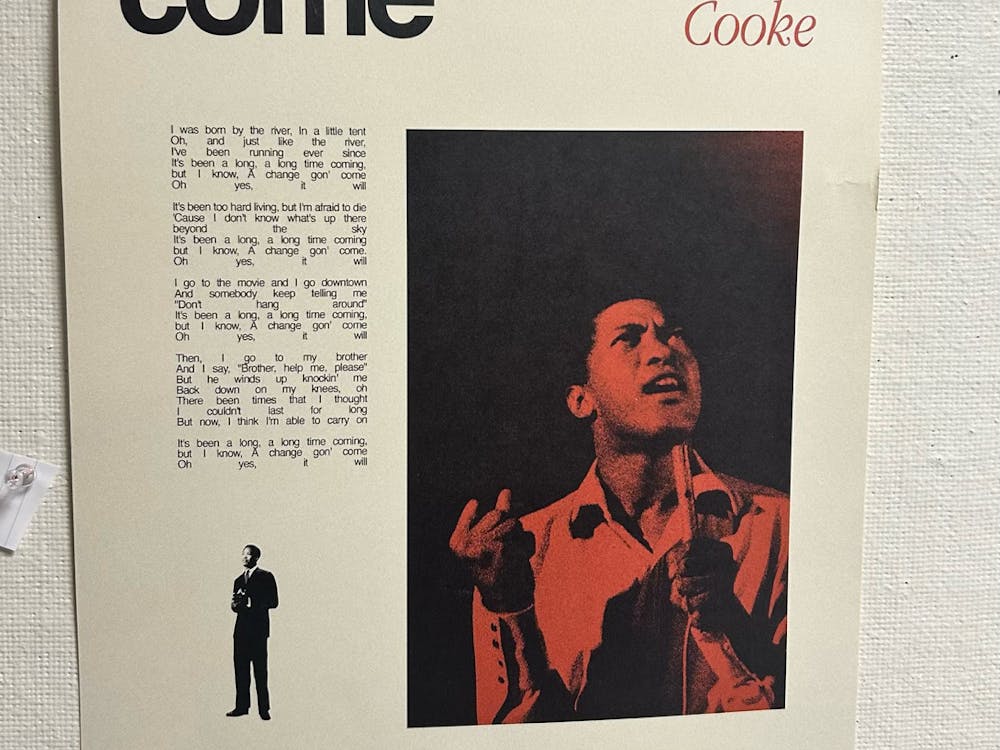This past year, I’ve found that even on days when I feel like I have no spare time, I still need to make time to take care of myself; in fact, it’s especially important that I practice self-care on those days. Meditation has become one of my favorite ways to relax and reenergize for multiple reasons, but the biggest one is that it’s simple. Sometimes I just don’t have the energy to go for a run, to journal or to do a complicated skincare routine. Sometimes all I want to do is close my eyes and rest for 10 minutes, and oftentimes that’s enough to help me unwind.
At first, meditating seemed daunting. There were so many different forms of meditation, and each time I tried I couldn’t help but feel like I was “doing it wrong.” Below, I’ve created a non-exhaustive list of some of my favorite forms of meditation and meditation resources that helped me better understand the practice.
Calm app
Hopkins offers its students a free subscription to Calm premium, and I’d recommend people take advantage of it. The app personalizes your meditation sessions for your specific goals and lifestyle; there are meditation plans for morning people who want to reduce stress and for night owls who are hoping to get better sleep. I really enjoy the guided meditations it offers, especially the body scans that slowly and systematically relax each part of your body. There are a ton of different options, though, so have a look for yourself to see which meditation form best suits you!
Metta meditation
One form of meditation I enjoy practicing is metta meditation, also known as “loving-kindness meditation.” You can find more detailed instructions about the practice here, but it essentially involves mentally repeating positive affirmations for yourself and others. Performing this meditation makes me feel more at ease and less pessimistic.
Transcendental meditation
The Hopkins Transcendental Meditation (TM) program helped me begin meditating. Usually, learning TM costs around $1,000, but Hopkins offers an eight-week cohort-based learning experience to undergraduate and graduate students for free. TM has a lot of hype surrounding it, with celebrities like Oprah Winfrey and David Lynch touting its benefits. It involves a form of mantra meditation practiced for 20 minutes in the morning and evening.
I was originally skeptical of TM, as it makes grandiose claims about the benefits of meditation and also comes with a high price tag for most participants. While I still don’t believe in a lot of the alleged benefits of the practice (and eventually dropped out of the program early for a variety of reasons), the program was a great way to get introduced to meditation because of its cohort-based approach. I can’t say I would have reliably meditated for 40 minutes a day for a month had it not been for the regular check-ins with my instructor. While some aspects of the program might be strange, I’d still recommend Hopkins students to check it out for themselves if they want to learn more about meditation.





